Course 4: Violence and Vision: Towards a Critical Theory of Seeing
Course by Sami Khatib
July 19 – 27, 2018
Course description
This theory-based course investigates epistemic models of seeing and their relation to current structures of power, violence and domination. In the history of knowledge, visual models such as camera obscura (from optics), anamorphosis (from painting), or parallax (from astronomy) have been employed to explore the constitutive gap in our naturalistic representation of the world as visual evidence. As the course will discuss, the epistemological problem of deception, illusion, blind spots is constitutive of the visual field and not reducible to technological apparatuses (from analogue photography and film to current forms of digital media). As we shall see, the problem of visual evidence predates the introduction of optical technologies and their modes technological reproducibility. However, it was only the introduction of those material technologies that allowed for the theorization of the visual field and the perspectivation of theory. The proverb “A picture is worth a thousand words” is here indicative. A picture "says" too much, it carries a surplus of meaning that is not simply self-evident. As demonstrated by Foucault's famous discussion of Bentham's panopticon, the visual and linguistic modes of producing evidence and thereby knowledge are also the products of power: violence and vision, biopower and knowledge are not separated but form an uneven structure. However, how can we grasp this structure? If vision and perspective, eye and gaze are not identical, a critical theory of seeing needs to rid itself of two diametrically opposed epistemic viewpoints: (1) objective scientific knowledge as the secular heir of the totalizing, yet unattainable ‘God’s-eye-view’, and (2) visual empathy as the (post)modern fantasy of taking and/or representing the perspective of the supposed subjugated ‘Other’. The challenge of this course is to think of a third perspective that can avoid both the epistemic relativism of today’s kaleidoscopic humanitarianism and the totalizing objectivism of so-called “hard science,” materialized in techno-dystopian networks of biopower.
Biography
Sami Khatib holds an M.A. in Media Studies and Philosophy (2004) and a Ph.D. degree in Media Studies (2013) from Freie Universität Berlin (Germany). After finishing his appointment as an Andrew Mellon Postdoctoral Fellow at the Center for Arts and Humanities at the American University of Beirut (2015/16), he joined the Department of Fine Arts and Art History at AUB as a Whittlesey Visiting Assistant Professor. His work spans the fields of Aesthetic Theory, Critical Theory, Media Theory and Cultural Studies with a special focus on the thought of Walter Benjamin. His area of specialty is in 19th and 20th century Continental Philosophy with an emphasis on early Frankfurt School, Kant, German Idealism, Nietzsche, Marx, Freud and post-Structuralism. He is author of a book on Walter Benjamin (Marburg: Tectum, 2013) with an forthcoming English translation, titled “'Teleology without End' Walter Benjamin’s Dislocation of the Messianic”. Prior to his appointments at AUB, he taught Cultural and Media Studies at Freie Universität Berlin. In 2012, he was awarded a residency fellowship from the interdisciplinary Jan van Eyck Academie, a post-academic institute for research and production in the fields of fine art, design and theory, based in Maastricht (NL). He has published widely in international journals and volumes.